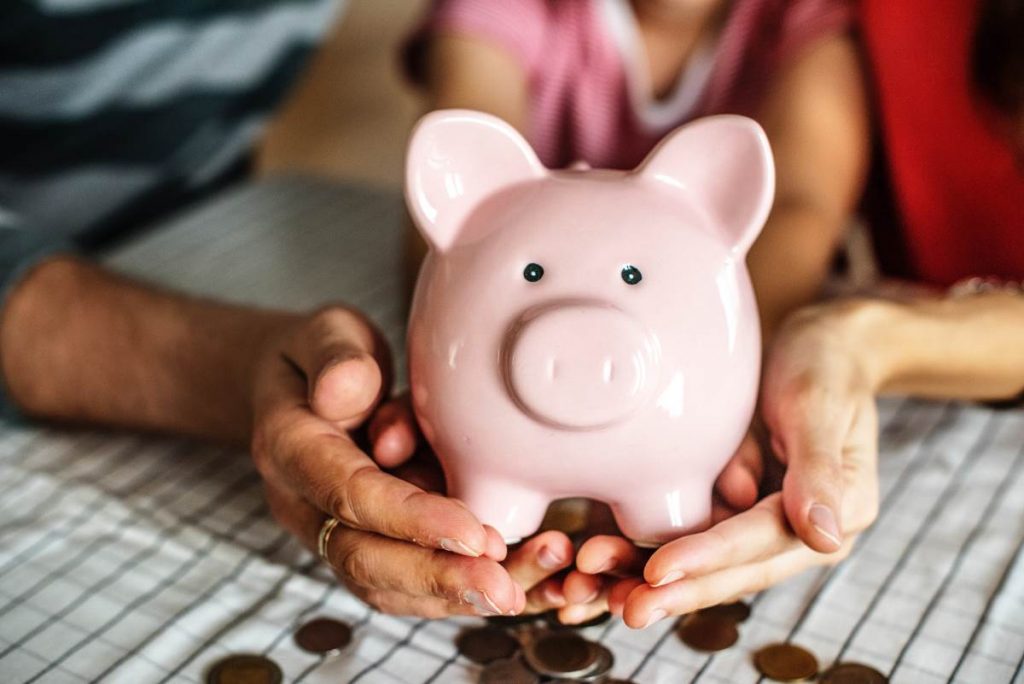First home buyers should consider their property as both a place to live and a cornerstone financial asset. Your first property is likely to fund your second, so you need it to achieve good capital growth.
Therefore, we recommend buying the best property you can, within the category you can afford; and holding it for the long term to ensure excellent re-sale or rental value in the future.
So, the first step in working out what you need to save is working out your likely purchase price.
What’s the purchase price?
Say you’ve chosen your target suburb and your budget won’t stretch beyond a one bedroom apartment.
Find out the median price and average size of a one bedder in your area and aim to buy better, if you can. Try for a better street; 8-10 internal sqm above average; great light; and a balcony. To keep the purchase cost down, go for unrenovated so you can add value later when you can afford it.
In terms of your savings plan, add 10% to the median price for one bedders and this will give you a decent ballpark purchase price. This is a general guide only – give us a call to talk this through!
Deposit
The standard deposit is 20%. At this level, you won’t have to pay lenders’ mortgage insurance (LMI), which can equate to thousands of dollars and protects only the lender, not you!
Some banks are willing to lend up to 95% of the purchase price with the LMI added to the loan.
Genworth, a leading LMI provider, has a calculator on its website to estimate LMI premiums. On a $550,000 purchase with a 5% deposit and a 30-year loan term, your LMI would be $23,500.
Financial help with the deposit
The Federal Government’s First Home Super Saver Scheme allows you to make voluntary contributions of up to $15,000 per year into your superannuation account. These contributions are taxed at the super rate of 15% instead of your normal marginal tax rate based on your salary.
This tax saving means you keep more of your money and any earnings you receive can be withdrawn, along with the contributions, to buy your first property when you’re ready.
The overall maximum you can contribute is $30,000.
Stamp duty – you might not have to pay it!
Stamp duty on the transfer of property is an expensive state tax, so you’ll need savings to cover this.
Google ‘stamp duty’ and your state name to find out how much you’re likely to be up for based on your anticipated purchase price.
Say the one bedroom apartment we discussed earlier was in Sydney, NSW. On a $550,000 purchase, the stamp duty would be $20,240. At least, it would be ordinarily.
Right now, the NSW Government is offering stamp duty concessions to first home buyers and all purchases (both new and old properties) under $650,000 are stamp duty-free. There is a sliding scale of concessions up to $800,000, too. Other states have similarly generous breaks.
Stamp duty concessions represent a huge saving and could bring your purchase forward by many months or even years, so be sure to investigate what concessions are available in your state.
First Home Owner Grants
On top of stamp duty concessions, many states are also offering First Home Owner Grants.
Here are two examples:
- In NSW, first home buyers who purchase a new property up to $600,000 receive a $10,000 grant. Those who build one receive the same amount but up to a value of $750,000
- In VIC, first home buyers in Melbourne who buy or build a new property up to $750,000 receive $10,000. Purchasers who live in regional areas receive $20,000 (ends July 1, 2020)
Again, it’s imperative that you investigate whether your state government is offering any FHOGs.
Other financial help
You should also find out whether your state has other unique assistance programs.
In VIC, there is the pilot HomesVic program, where the government takes up to a 25% equity share in your first home, thus reducing the deposit you need to buy.
Associated buying costs
These include the loan application fee; conveyancing and disbursements; the title search and registration; insurance; and potentially several pest and building reports. Aim to save at least $5,000.
Holding costs
Before you buy, you need to make sure you can hold your property in tough financial times. The longer you hold your property, the better the capital growth, so this is really important.
Use an online repayments calculator to check you can afford your loan at Australia’s long term average interest rate of 7.0%-7.5%. You are considered to be in ‘mortgage stress’ if your housing costs exceed 30% of your income but of course, individual circumstances apply here.
We also recommend putting together a separate cash fund to cover life’s emergencies, such as job loss or a health crisis; as well as unexpected expenses with your first home.
Holding costs have to be manageable, or you won’t be able to keep your first home long enough to maximise capital growth.
For more information contact our sales team on 4974 8900 and sales@walkom.com.au
(We have obtained all information in this document from sources we believe to be reliable; however, we cannot guarantee its accuracy. Prospective purchasers are advised to carry out their own investigations.)


